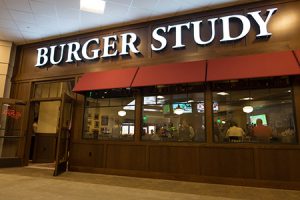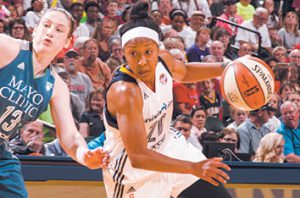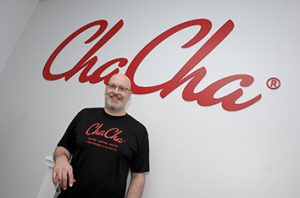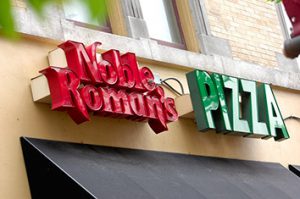Trimming the fat: inflation finally hitting profit margins
Corporate profits have withstood raging inflation over much of the last year, but those good times might be ending.
Corporate profits have withstood raging inflation over much of the last year, but those good times might be ending.
Big companies have successfully raised prices for their products because their customers have kept lining up regardless. What’s uncertain is how much longer the trend may last, before customers sharply cut back on their purchases.

More than two dozen of the state’s 51 public companies posting double-digit percentage gains in the first quarter.

The mall posted higher profit and improved sales per square foot in 2017, though retail observers say it remains at a crossroads following the closure of its last department store, Carson’s.

The Indianapolis-based appliance and electronics retailer says it has interest from dozens of potential purchasers.
Sales and profit for the apparel seller’s most recent quarter either met or exceeding Wall Street’s expectations. It’s now embarking on a plan for responding to clothing trends more quickly.
North American sales for the Indianapolis-based manufacturer dropped 19 percent in the third quarter due to pricing pressure and reduced consumption of machine tools.

The nation’s largest mall owner said funds from operations, a key measure of profitability, increased 15.4 percent in the first quarter while tenant rents grew.

Despite reporting lower profit in the fourth quarter, the nation’s largest mall owner still posted strong results for the full year.

Dow Chemical is exploring all options for its subsidiary, Indianapolis-based Dow AgroSciences. The company employs 1,500 workers in the Indianapolis area and, as a stand-alone firm, would be the fifth-largest by revenue in Indiana.

For a third consecutive year, the Fever have led the WNBA in sponsorships sales and, more important, have been profitable. Team officials said the margin isn’t huge, but league sources confirmed the Fever is one of only six franchises in the 12-team league to be profitable this year at all.

ChaCha has moved out of its offices but is still operating. It posted a profit on $2 million in revenue last quarter, and CEO Scott Jones wants to stay in the black until someone buys the Q&A search company.

The Indianapolis-based company in the past two months has increased its supermarket presence and hired an executive to oversee grocery operations, while securing more financing to help achieve the growth.
The retailer reported another lackluster quarter with sales dips in every category except home products. But its shares shot up in trading because the results were better than expected.
An aggressive year-round sales effort and the backing of the Indiana Pacers’ owner and top executive have pushed the Indiana Fever to profitability and helped the 15-year-old team become one of the WNBA’s model franchises.
The Finish Line Inc.’s 48-store specialty running chain has been stuck in neutral and unable to grind out a profit since its inception three years ago. But the Indianapolis-based athletics retailer thinks its Running Specialty Group is poised at least to break even this year after reporting small losses every year since 2011.
The Pacers’ revenue stream this season has increased about $42 million from where it was during the 2008-2009 season, and the team’s finances could get even brighter as the NBA negotiates a new national television package.
The Indianapolis-based processor of crude oil blamed its loss on tighter profit margins and higher operating costs. It has been on an acquisition spree since 2011.
Indianapolis-based Angie's List on Wednesday reported fourth-quarter profit of $2.4 million—the consumer-ratings service's first profitable period since its 1995 founding.
Indianapolis-based Duke Realty Corp. on Wednesday reported a third-quarter loss of $28.2 million, smaller than a loss of $32 million in the same quarter of 2011.